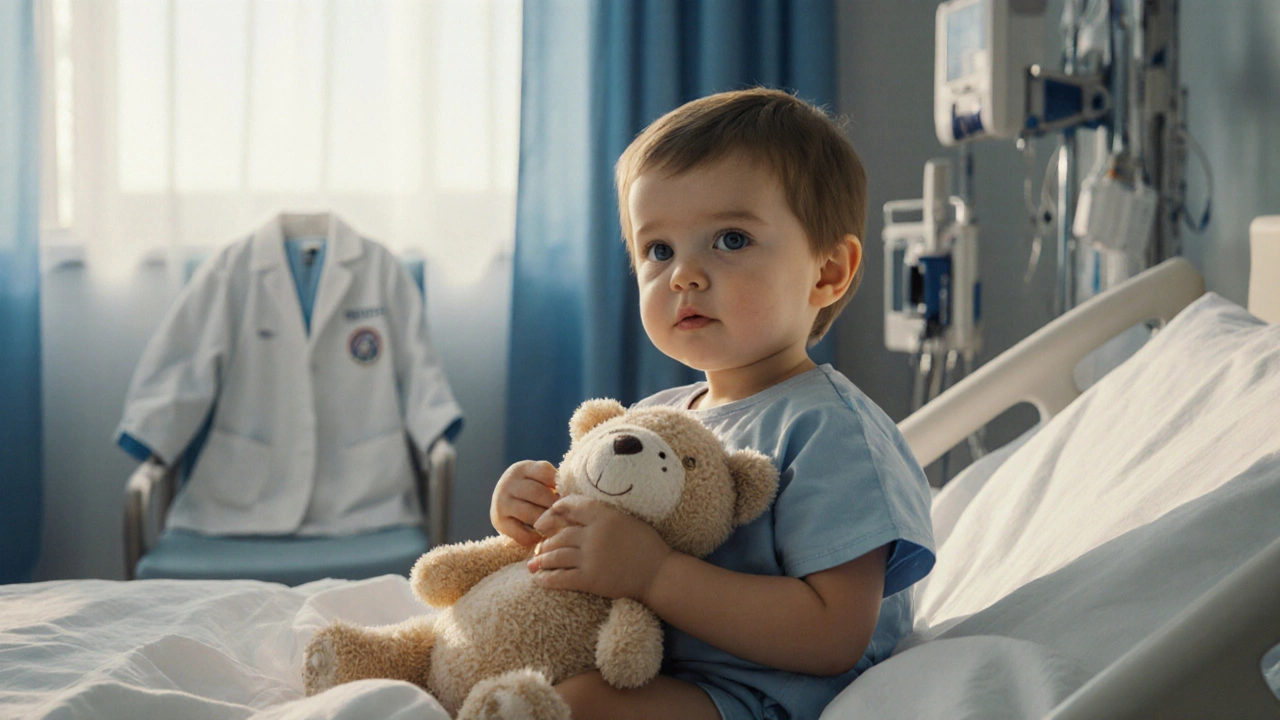
Neuroblastoma Psychological Impact Assessment
Enter information and click "Assess Psychological Risk" to see a personalized risk assessment based on key factors.
When we talk about Neuroblastoma is a rare childhood cancer that originates in nerve tissue, typically in the adrenal glands or along the spine. It accounts for about 7% of all childhood cancers and primarily affects kids under five years old. Beyond the physical challenges, the disease reshapes a child’s emotional world, stirring feelings that many adults can’t even imagine.
Quick Summary / Key Takeaways
- Neuroblastoma can trigger anxiety, depression, and post‑traumatic stress in children.
- Early psychological screening improves long‑term quality of life.
- Family support and age‑appropriate coping tools are essential.
- Hospital routines and treatment side‑effects amplify emotional strain.
- Integrating mental‑health professionals into oncology care cuts the risk of chronic distress.
Why the Mind Reacts the Way It Does
Children interpret illness through a lens of immediacy and safety. When a diagnosis like Neuroblastoma arrives, the brain’s threat‑detection system lights up, releasing cortisol and adrenaline. In a healthy adult, those hormones help manage short‑term stress; in a child, they can quickly snowball into persistent worry.
Research from the Pediatric Oncology Psychological Consortium (2023) shows that 45% of kids diagnosed before age six exhibit clinically significant anxiety within three months of treatment start. The same study found a 30% rate of depressive symptoms that often linger beyond remission.
Common Emotional Reactions
Below is a snapshot of the three most reported psychological effects. The numbers are drawn from a multi‑center survey of 1,200 families across the U.S. and Europe.
| Effect | Approx. Prevalence | Common Symptoms | Typical Onset |
|---|---|---|---|
| Anxiety | 45% | Excessive worry, sleep trouble, clinginess | Within weeks of diagnosis |
| Depression | 30% | Sadness, loss of interest, fatigue | 1-3 months into treatment |
| Post‑Traumatic Stress | 12% | Flashbacks, avoidance of medical settings, irritability | After invasive procedures or hospitalization spikes |
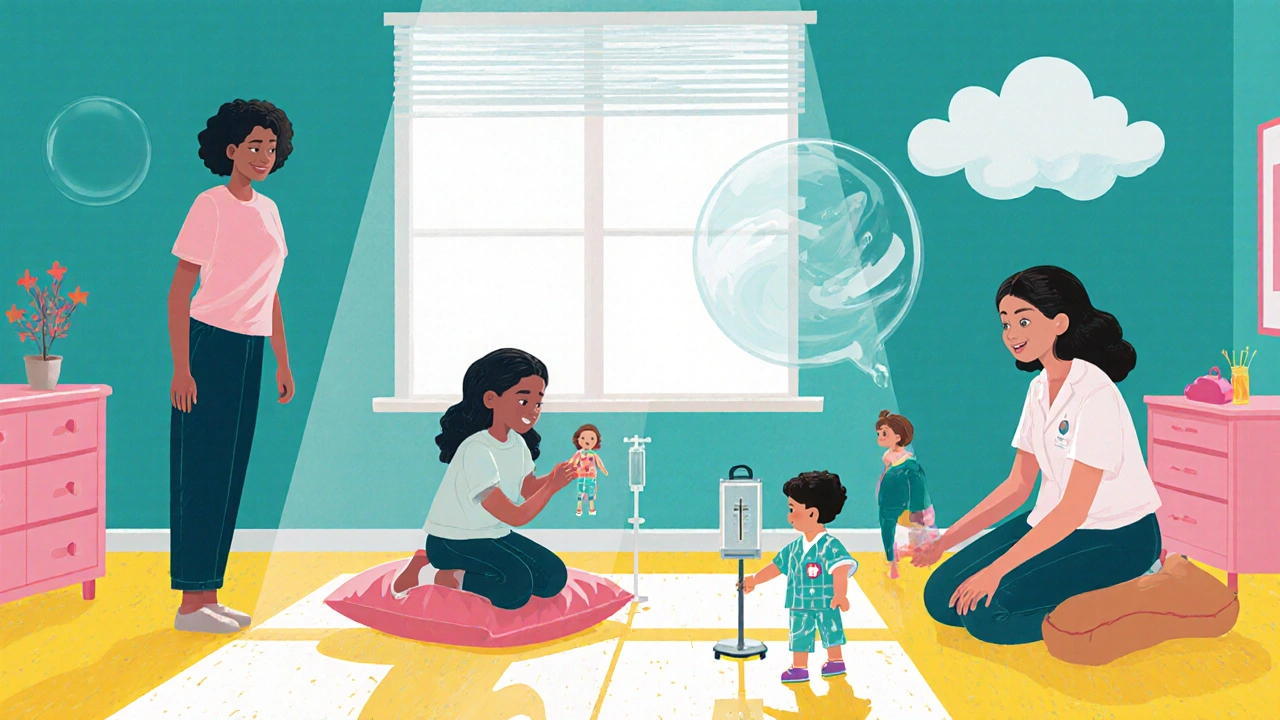
How Hospital Routines Add to the Stress
Even routine things like IV lines, white coats, and the smell of disinfectant can become triggers. For a Child aged three, a single night in a pediatric unit can feel like an endless maze. The fear of pain from chemotherapy or surgery often creates a feedback loop: the more the child dreads treatment, the more they experience physical discomfort, which then fuels emotional distress.
The Ripple Effect on Families
Parents step into the role of both caregiver and emotional anchor. When a parent’s own anxiety spikes, children can mirror that state, a phenomenon called “emotional contagion.” Studies from the National Center for Child Health (2024) show that families with a parent who received counseling reported a 20% lower rate of child depression at the one‑year mark.
Sibling dynamics matter, too. A brother or sister who feels ignored may develop resentment or anxiety, further destabilizing the household’s emotional climate.
Effective Coping Strategies
Below are practical tools that pediatric oncologists and child psychologists recommend. They are grouped by who implements them: the child, the family, and the care team.
- Play Therapy: Trained therapists use dolls, art, and storytelling to let kids externalize fear. A 2022 trial showed a 35% drop in anxiety scores after eight weekly sessions.
- Age‑Appropriate Education: Simple explanations about what to expect reduce the “unknown” factor. For kids under five, picture books illustrate the hospital journey without scary language.
- Mindfulness & Breathwork: Even a 2‑minute “bubble breathing” exercise can lower cortisol levels measured in saliva.
- Family Counseling: Joint sessions help parents articulate worries without overwhelming the child. The presence of a neutral therapist often prevents miscommunication.
- Peer Support Groups: Meeting other families facing neuroblastoma creates a sense of community. Online forums moderated by psychologists have been linked to higher hope scores.
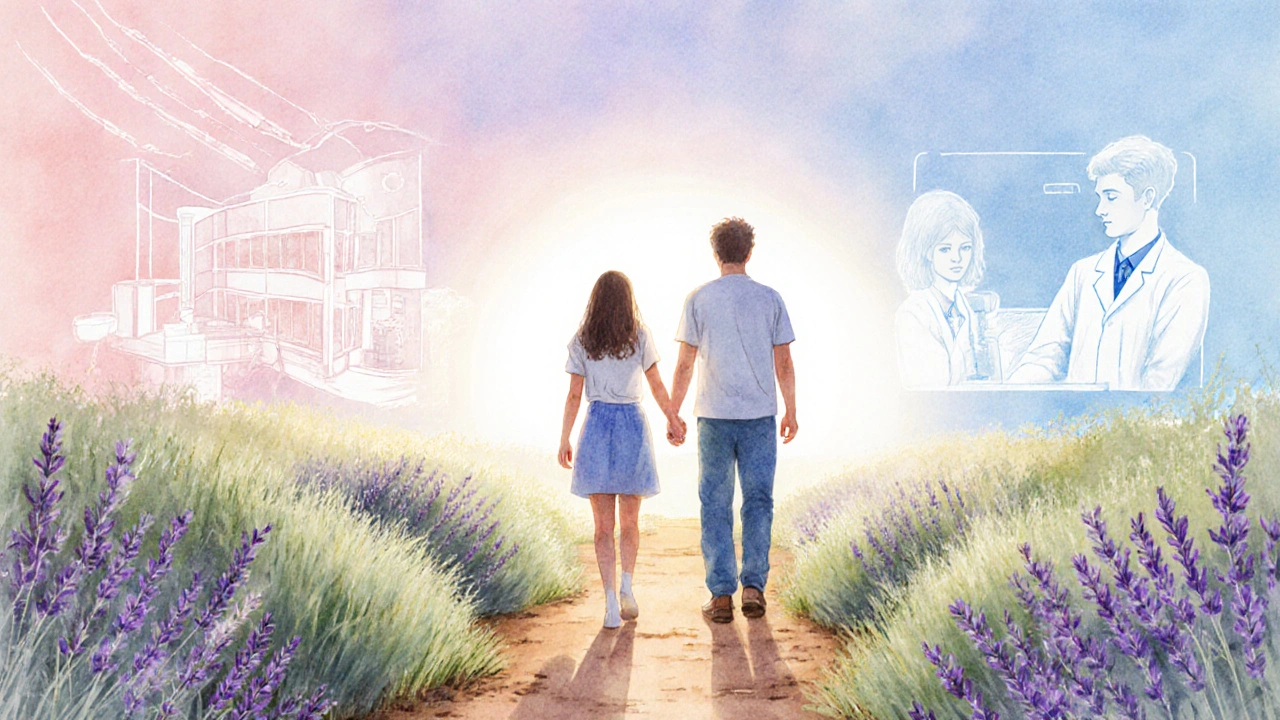
Integrating Mental‑Health Professionals into Oncology Care
Many top cancer centers now embed a child psychologist in the treatment team. This model ensures that every child receives a baseline psychosocial assessment at diagnosis, followed by regular check‑ins.
Key benefits observed in a 2023 longitudinal study include:
- Reduced hospital readmission rates (12% vs. 20% without support)
- Higher treatment adherence - children report fewer missed chemo sessions.
- Improved long‑term quality of life measured by the Pediatric Quality of Life Inventory (PedsQL).
Looking Ahead: Survivorship and Ongoing Mental Health
Even after remission, the psychological scars can linger. Survivors may face “survivor guilt,” worries about recurring disease, or social challenges stemming from missed school years.
Follow‑up care should therefore include:
- Annual mental‑health screening for depression and PTSD.
- School reintegration programs that address learning gaps and peer relations.
- Access to counseling services for the whole family, not just the child.
Take Action Today
If you or someone you know is navigating a neuroblastoma diagnosis, consider these immediate steps:
- Ask the oncology team for a psychosocial evaluation within the first two weeks.
- Introduce a trusted adult who can practice simple breathing exercises with the child each day.
- Connect with a local or online support group-knowing you’re not alone cuts stress dramatically.
- Schedule a family counseling session to align everyone’s expectations and emotions.
Remember, addressing the mind is just as vital as treating the tumor. A holistic approach improves not only today’s coping but also the child’s future wellbeing.
Frequently Asked Questions
How soon should a child with neuroblastoma get psychological help?
Ideally within two weeks of diagnosis. Early screening catches anxiety and depression before they become entrenched, making later interventions more effective.
Can play therapy really reduce a child's fear of treatment?
Yes. Studies show that regular play therapy sessions lower measured anxiety by up to 35% and give children a safe space to voice their worries.
What signs indicate a child might be developing PTSD after a hospital stay?
Look for recurring nightmares about needles, avoidance of doctors, sudden irritability, or flashbacks triggered by hospital noises.
Do siblings need counseling too?
Often, yes. Siblings may feel overlooked or develop their own anxiety. Family counseling includes sessions that focus on sibling emotions.
Is there a difference in emotional impact between early‑stage and advanced neuroblastoma?
Advanced disease typically involves more aggressive treatment, longer hospital stays, and higher uncertainty, which can amplify anxiety and depressive symptoms. Early‑stage cases still need support, but the intensity is often lower.
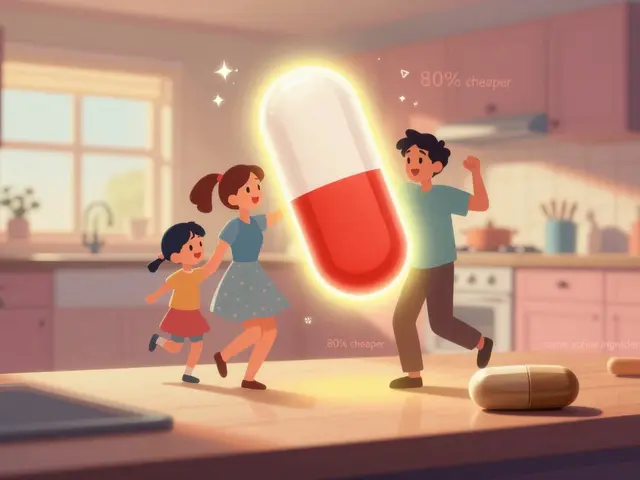
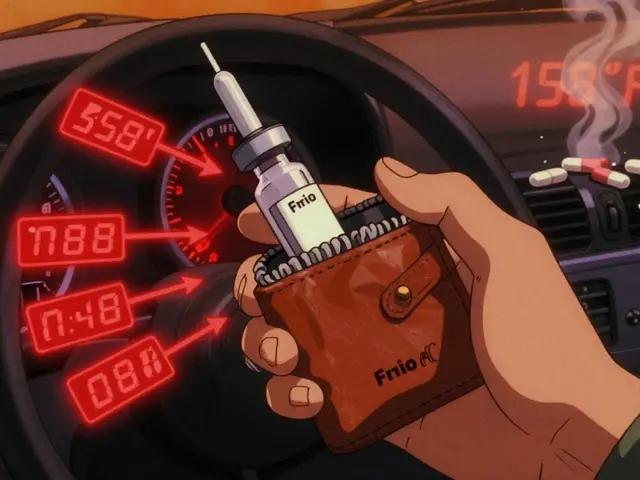
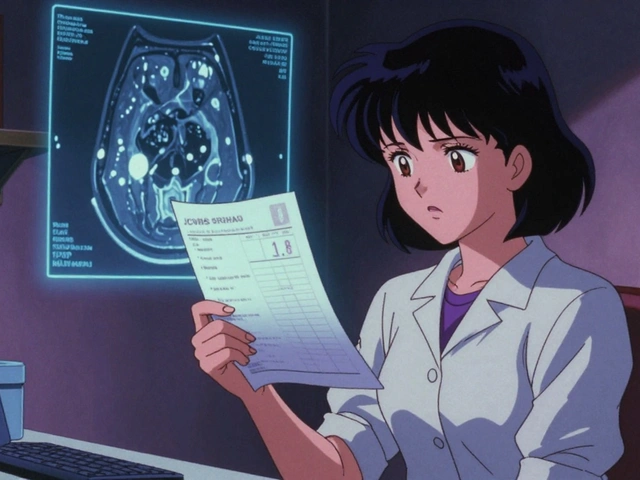
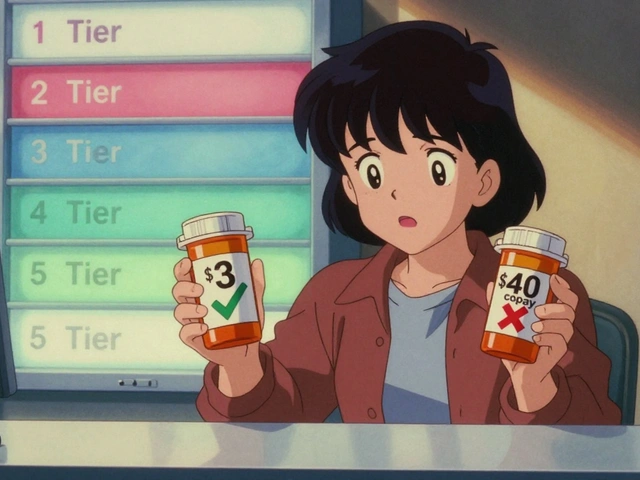
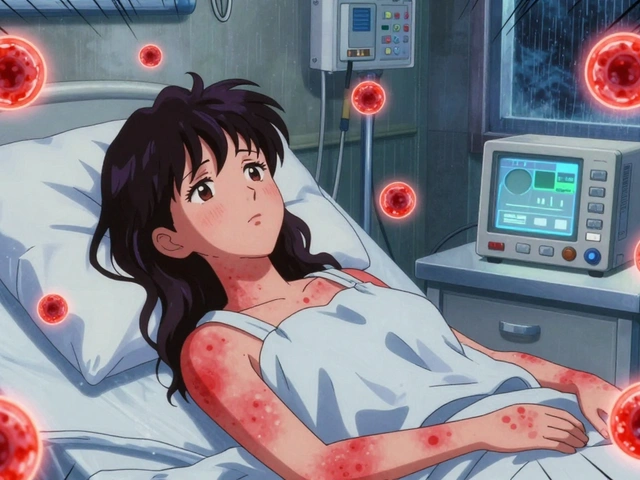
11 Comments
Understanding the emotional toll of neuroblastoma early on can shape better support strategies. Families benefit from a calm, culturally aware approach that respects each child's background. Professional guidance at diagnosis often reduces long‑term anxiety.
It is heartening to see that structured psychological assessments are becoming standard practice in pediatric oncology. Such tools empower clinicians to intervene promptly and protect the emotional well‑being of young patients. Let us hope that continued research will further refine these methods and improve tretament outcomes.
The article glosses over the severe distress families face, especially when treatment is aggressive. It seems to downplay the reality of chronic anxiety and depressive symptoms that many children develop. A more honest portrayal would acknowledge the need for intensive, long‑term mental health services.
Watching a child battle neuroblastoma feels like riding an emotional roller‑coaster that never stops. The fear, the hope, the heartbreak-each moment is amplified tenfold when you’re a parent in the waiting room. Yet, I also see sparks of resilience shining through even the darkest days.
Neuroblastoma can affect a child's mood and how they play. Simple talks at home help a lot. Keep the routine steady and give love.
Assessing psychological risk in children with neuroblastoma requires a multidisciplinary approach that integrates oncology, psychiatry, and social work, ensuring that every facet of the child's experience is examined in depth.
First, clinicians must gather comprehensive developmental histories, noting any pre‑existing behavioral patterns that could influence treatment response.
Second, the stage of disease provides a clear indicator of treatment intensity, with advanced stages often necessitating more invasive procedures that can exacerbate stress.
Third, family support levels act as a protective buffer, and stronger support correlates with reduced incidence of anxiety and depression.
Screening tools such as the Child Behavior Checklist and the Pediatric Quality of Life Inventory have been validated for this population and should be administered at baseline and at regular intervals.
Early identification of mood disturbances enables timely referral to child psychologists who can employ play‑therapy techniques tailored to the child's cognitive level.
Moreover, integrating occupational therapy can address sensory overloads that children may experience during prolonged hospital stays.
Parents should also receive counseling to manage their own emotional burdens, as caregiver distress directly impacts the child's coping mechanisms.
In cases where the family support is limited, social services can facilitate connections to community resources, such as support groups and respite care programs.
Research indicates that children who engage in structured creative activities report higher self‑esteem and lower scores on depressive symptom scales.
It is also essential to monitor the child's sleep patterns, as disrupted sleep can worsen irritability and focus problems.
Nutritionists should be involved to ensure that dietary needs are met, as malnutrition can aggravate fatigue and mood swings.
Regular interdisciplinary case conferences allow the team to adjust psychosocial interventions as the child's medical status evolves.
Documentation of all psychosocial assessments in the electronic health record promotes continuity of care across different treatment phases.
Finally, families should be educated about the signs of emerging mental health issues, empowering them to seek help before crises develop.
By adhering to these comprehensive steps, healthcare providers can mitigate the psychological impact of neuroblastoma and foster a more resilient healing environment.
Let's cut the fluff-if a child is showing signs of anxiety, intervene now, don't wait for a quarterly review. Immediate referral to a child psychologist is non‑negotiable, and families need clear, actionable steps. 😠
Remember, consistent check‑ins with your child can create a safe space for them to share fears. Encouraging them to express feelings through art or storytelling often reveals concerns before they become overwhelming.
When we talk about neuroblastoma, we often zero in on the medical protocols-chemotherapy cycles, surgical margins, radiologic follow‑up-yet the emotional narrative runs parallel and deserves equal attention. A child's perception of their illness is shaped by every hallway they walk, every nurse they meet, and every bedtime story they hear. By fostering a hospital environment that celebrates milestones, no matter how small, we empower young patients to retain agency amidst a sea of appointments. Engaging child life specialists early, providing age‑appropriate explanations, and encouraging family rituals can build resilience that sustains the child through treatment and beyond.
One might wonder whether the mind truly separates from the body when a tumor intrudes, or if the battle is a single front of exi stence-this is not just medical, it is metaphysical. The child's suffering becomes a mirror reflecting the family's own unspoken fears, and in that reflection we must act with both compasssion and philosophical clarity.
We must protect our children and reject weak policies that ignore the real trauma of neuroblastoma.